How to have sex like a Roman: an ancient guide to the art of love
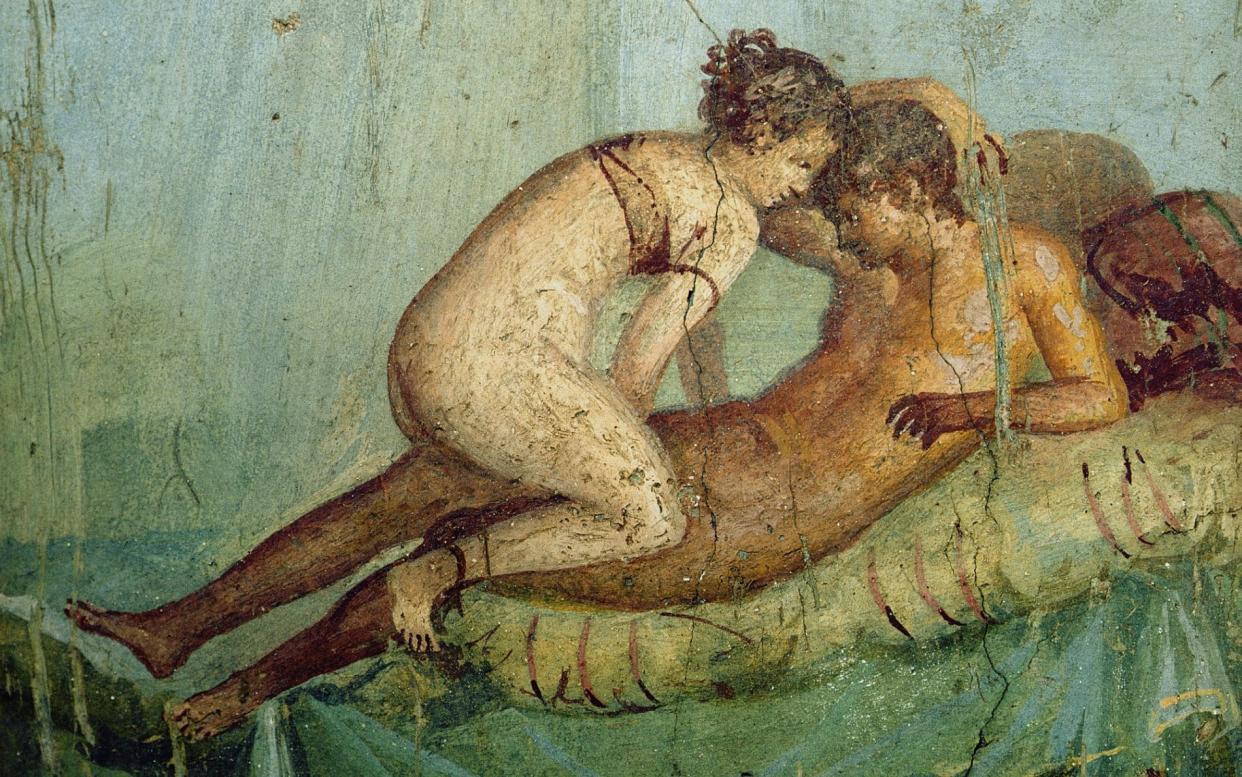
- Oops!Something went wrong.Please try again later.
- Oops!Something went wrong.Please try again later.
- Oops!Something went wrong.Please try again later.
‘To the Spirits of the Departed, Tiberius Claudius Secundus,” reads an ancient tombstone found in Rome and dedicated to the 52-year-old deceased by his widow. “Baths, wine and sex destroy our bodies. But only baths, wine and sex make life worth living.”
In our own troubled times, there is something reassuring about discovering how much of the human experience is common to other ages. While there was plenty about the Romans that on the face of it seems alien or even horrible from a modern perspective, especially the extreme brutality of their wars and mass entertainment, in so many other ways they were just like us. They had ambitions, families, beliefs, hopes, fears, frustrations, joy – and more than a passing interest in sex.
In his Natural History (AD 77-79), Pliny explored every topic possible, but sex in particular piqued his curiosity. He noted how the Greek philosopher Democritus had criticised those who used sexual intercourse merely as a means of procreation. “By Hercules,” Pliny said, “the less one treats it like that, the better,” and went on to point out how it “cures pain in the loins, dullness of vision, unsoundness of mind and melancholy”.
Roman historians recounted in lascivious detail the dissolute behaviour of the emperors: stories about the orgies of Nero (who reigned from AD 54 until his death in AD 68) or the bizarre sexual practices of Elagabalus (AD 218-222) have been a source of fascination since antiquity. Although it is harder to get a handle on the tastes and interests of ordinary people, the colourful depictions of sexual activity discovered in Pompeii give us a clue as to how they might have felt.
One set of public baths, by the city’s Marine Gate (Porta Marina), used images of sexual positions to identify individual clothes lockers; the designs were probably a joke, rather than an indication that the place was packed with copulating couples night and day. Elsewhere in Pompeii, trinkets decorated with erotic images were everywhere: the most popular was the erect phallus – often placed above doorways to ward off evil spirits.
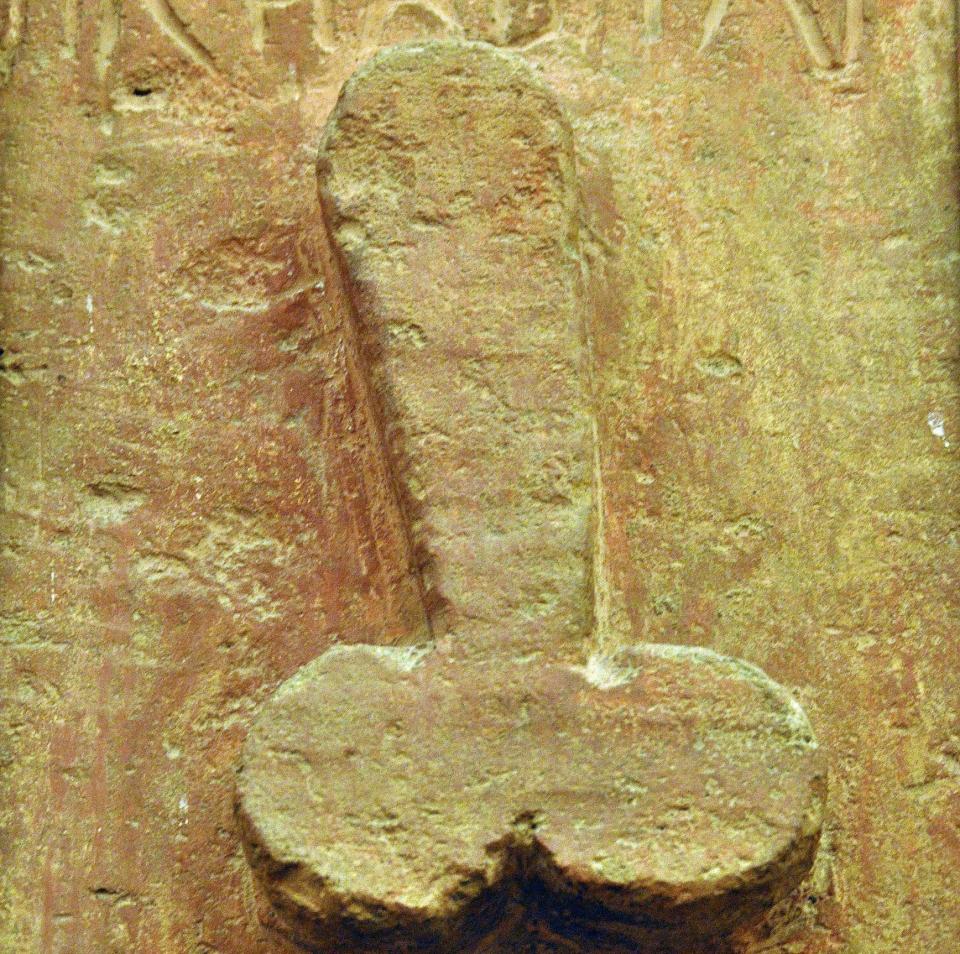
In ancient Rome, the distinctions we make today about sex between people of the same or different genders did not exist. It was taken for granted that a wealthy older man would have favourite boys as sexual partners. Slaves of either gender were often forced into having sex with their owners. It was thus commonplace for a man to be in a long and fruitful marriage with a woman, have casual sex with young female slaves or prostitutes and also to have male partners. Sometimes, a male owner’s interest in a female slave evolved naturally into a happy marriage; indeed, he may have purchased her and freed her for that purpose.
Yet, while the Romans engaged enthusiastically in sex and lacked many of the inhibitions more commonplace in recent centuries, they also struggled to keep traditional moral standards in place when confronted with reckless abandon and indulgence. So, when it came to sex in ancient Rome what, exactly, were the rules of the game? Here is what we know.
Adultery
A father who discovered that his married daughter had committed adultery was legally entitled to kill both the man and the daughter. As for the cuckolded husband, he was supposed to divorce his wife on the spot and was permitted to kill her seducer if the culprit fell into one of several categories – actors, gladiators, criminals, freedmen and slaves among them. There was an incentive for such drastic action: failure to punish the seducer could lead to the husband being prosecuted for running his wife as a prostitute.
Cato the Elder, who served as censor in 184 BC, went further, saying that if a woman had been adulterous, then her husband was entitled to kill her – and, indeed, Augustus (27 BC-AD 14) only narrowly managed to avoid ordering the killing of members of his family under the laws he himself had passed. His wayward daughter Julia presented him with an almost impossible challenge when her licentious behaviour was exposed in 2 BC.
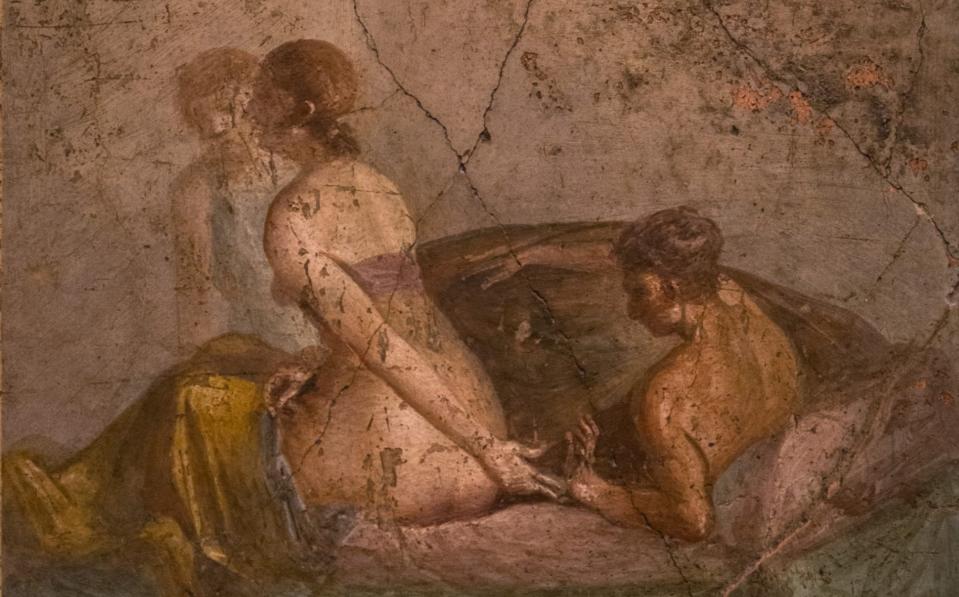
She was said to have engaged in every possible form of vice, including drunken parties in the Forum, and was alleged to have been habitually unfaithful during her marriage to his friend Marcus Vipsanius Agrippa. Her behaviour was humiliating to the emperor, especially as it appeared everyone else had known except him. Yet, since Julia was his only child, he was unable to bring himself to punish her with death and instead had her exiled, but after five years she was permitted to return to Italy and live out her days in Rhegium (Reggio Calabria).
Years later, the emperor Domitian (AD 81-96) came close to executing his wife, Domitia, for adultery. Persuaded to exercise restraint, he instead murdered her lover, an actor called Paris, along with his pupil, who had the misfortune of looking like Paris. Some of those punished for adultery in Domitian’s reign had been his partners. One woman was executed after being found guilty simply of taking her clothes off in front of a statue of the emperor.
Contraception
If an unmarried woman became pregnant as a result of an adulterous liaison it could give the game away, yet, for a sexually active Roman woman, preventing conception was not easy. One obvious means was coitus interruptus. Another recommended technique involved attempting to prevent the entry of sperm by applying a compound of white lead mixed with olive oil, and honey, cedar or balsam sap to the vagina. A third, even more eccentric procedure was to use a strip of deer hide to tie onto a woman a couple of worms found inside a “hairy spider” with a notoriously large head.
Augustus’s daughter Julia took a different tack: she was said to have snapped at anyone who commented on her promiscuous conduct with the tart response, “I carry a passenger only when the ship is full.” In other words, she took the simple precaution of only having affairs when she was already pregnant.
Seduction
Ovid avidly enjoyed the pursuit of married women into adulterous affairs, prostitutes, and casual liaisons. One route the poet recommended was to ingratiate oneself with a woman’s maid to acquire all sorts of insider information on her mistress’s timing and habits. He famously cited the circus as a perfect meeting place, where one could enjoy the titillating possibilities the tight-packed seating afforded. Ovid had all sorts of hints about how to seduce a woman, starting with finding out which horses were running, which was her favourite and then cheering the same one on. From there, it was a short hop to brushing off dirt that had chanced to fall on her breasts, or simply pretending that it had. Ovid even explained how such gestures were an easy way of winning over the simple minds of women.
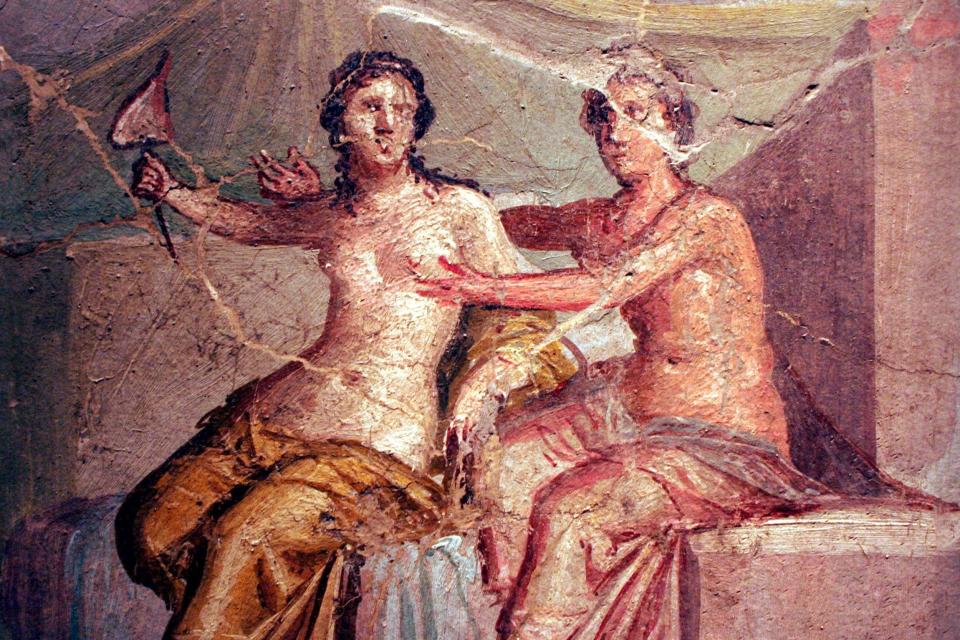
His recommendations on how to pursue an affair involved hints to a woman on posing as a loyal wife at dinner while at the same time making signs and gestures to her lover. Of course, part of his purpose was to create vaguely erotic literature, but he also illustrated the enduringly complex ambivalence about women in Roman society. Today, Ovid’s methods would be seen as abusive behaviour, but even at the time his antics were a dangerous way in which to carry on. He was exiled by Augustus for his blatant flouting of traditional morality, although his conduct was probably far from unusual.
Prostitution
Perhaps unsurprisingly, prostitutes catered to all levels of Roman society. Records dating to the 4th century AD list more than 40 brothels in Rome. Among other places, prostitutes could be found in the Forum and, according to Catullus, outside Pompey’s theatre, where a woman once bared her breasts at him while he was looking for a friend. The later poet Martial noted that there were also the bustuarias moechas, best translated as “prostitutes of where the funeral pyres are”; in other words, women who touted for business among the tombs.
In the year AD 19, during the reign of Tiberius (AD 14-37), a scandal broke about how Roman women of status were working as prostitutes in order to evade the legal sanctions imposed on “normal” women for sexual misconduct. The traditional view, at least in Roman lore, was that a prostitute was sufficiently punished merely by admitting to her vices, even though prostitution was a routine part of Roman city life. This time, after a woman called Vistilia had advertised her availability, the senate introduced measures to make sure “the lust of females was curbed”. Women whose fathers or husbands belonged to the equestrian class were prohibited from profiting by selling their bodies and Vistilia was banished to the Aegean island of Seriphos. Tiberius also tried to prohibit anyone attending a brothel with a coin or a ring bearing Augustus’s name.
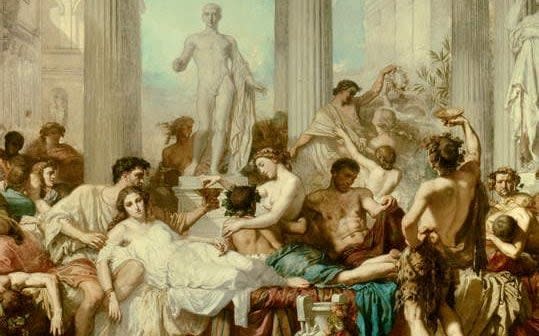
Some practitioners claimed a higher standard of service and respectability. There was a prostitute in the imperial period called Vibia Calybenis, a lena or “madam”, defensively commemorated on a family tombstone for earning her living “without cheating others”. One word for a prostitute, meretrix, meant “female wage earner”. Another probable prostitute, Allia Potestas, was memorialised on an epitaph also of indeterminate imperial date. It recorded her respectable virtues as a matron before moving on to some ambiguous compliments that appear to emphasise her cleanliness and suggest how much more she cost than other prostitutes in the Forum.
At Isernia, in central Italy, one 2nd-century innkeeper and his wife set up a monument to their business, which they operated under what were evidently trade names: he was called Lucius Calidius Eroticus and she was Fannia Voluptuas. The pseudonyms do not need translating. The stone’s text continued with a vignette of a discussion with a customer about his bill, which included the cost of bread, wine, relish, hay for a mule, and a girl. The girl had cost eight asses, which at the time was equivalent to a little under half a day’s pay for a legionary.
At Pompeii, hints on where to pick up prostitutes were everywhere. More references to prostitution have been found in Pompeiian graffiti than any other profession by a considerable margin. One was inscribed at the rear entrance of the House of the Menander, one of the town’s most extravagant homes. In this case, the advertisement was for Novellia Primigenia, a prostitute who worked in a nearby town called Nuceria, “in the prostitutes’ quarter”; her name, Novellia, means “fresh” or “new”.
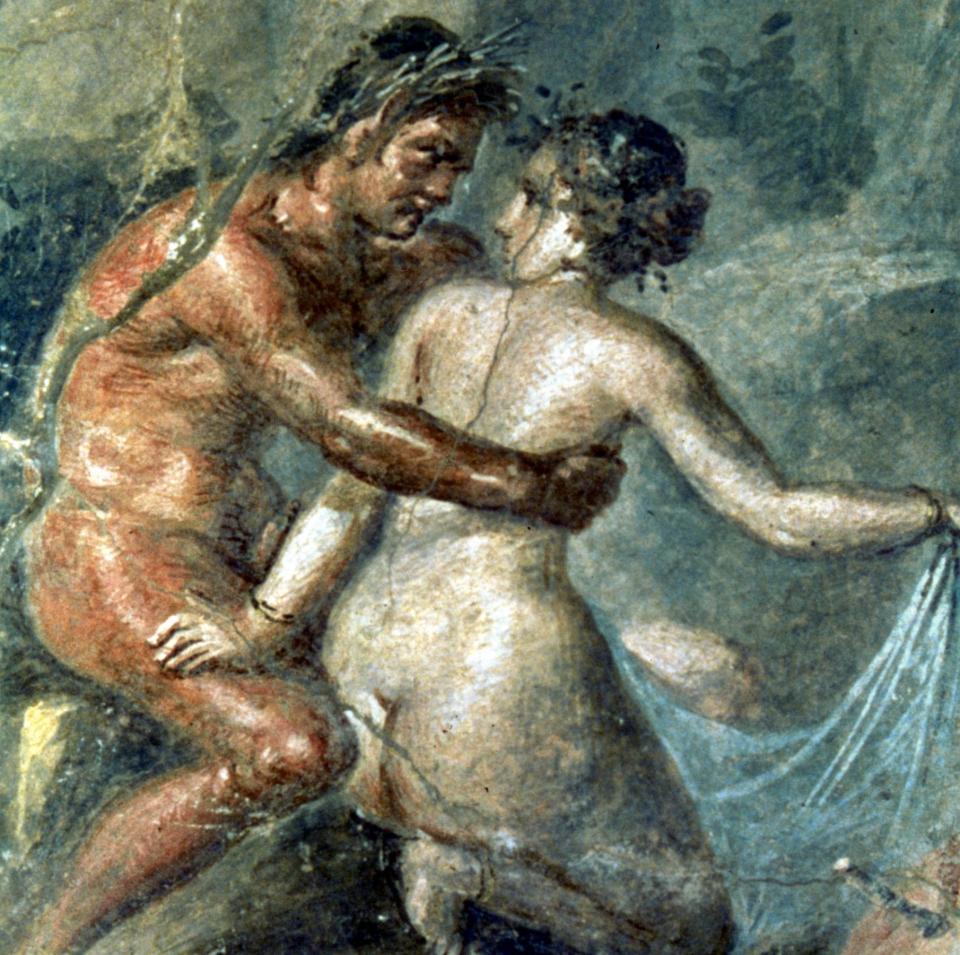
Those who had availed themselves of the services on offer in Pompeii were inclined to record their experiences on brothel walls, thus “Facilis f---ed here”, and “Scordopordonicus f---ed well whomsoever he wanted”. There can be no doubt that the dozens of brothels in Rome were embellished with similar comments. At the Ostian private baths of Trinacria was a mosaic inscription that read “statio cunnulingiorun”, a misspelling of “statio cunnilingiorum”, “the place of the cunnilinguists”.
Martial was familiar with such establishments. He described visits to labelled cubicles, enticed in by a “boy or a girl”, protected only by a curtain and a bolt to secure it. He dismissed the need for anyone who “either sodomises or f---s” to be so modest as to insist on any gaps being blocked up with plaster.
Vestal Virgins
Even the Vestal Virgins – a group of priestesses subject to a strict code of chastity, and whose purity was central to their sanctity – figure in Roman accounts of sexual outrages. From their special house in the Forum, they guarded Rome’s sacred hearth and were chosen by the chief priest (pontifex maximus) when they were between six and 10 years old. Many stayed in post until their deaths.
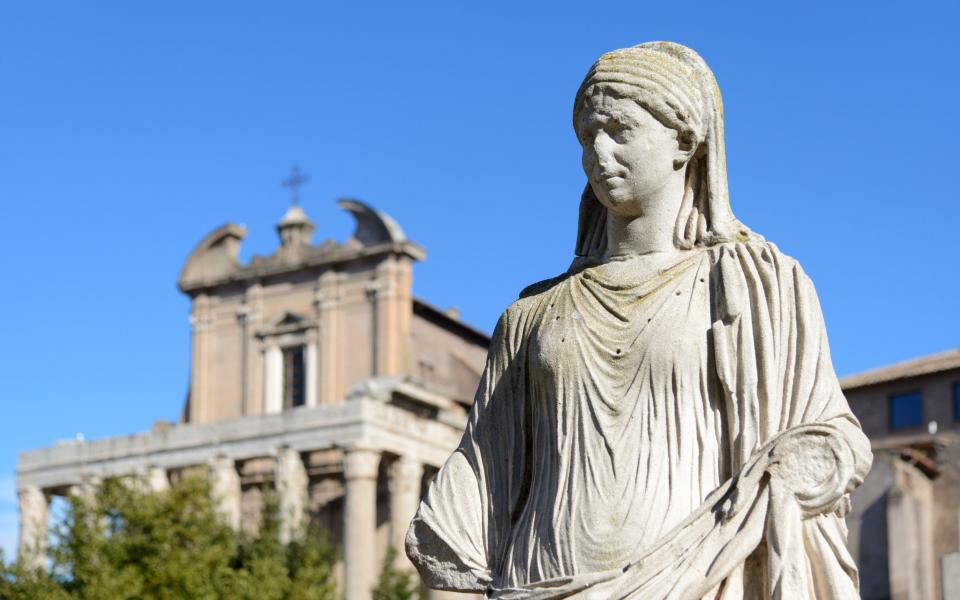
Yet a massive scandal erupted in 114 BC when it emerged that three Vestal Virgins, called Marcia, Aemilia and Licinia, had been conducting clandestine affairs. The trysts seem to have started when Aemilia had an affair and then inveigled the other two into having sex with her lover’s friends. They allegedly drew more men into the web, trapping them into silence by having sex with each of them.
The women managed to keep their activities secret until one of their slaves, a malicious and manipulative fellow called Manius, informed on them out of revenge. The Vestals had relied on him to help keep their activities under wraps and had promised him his freedom. When they failed to deliver on their side of the arrangement, he spilt the beans. It would cost them their lives. In a first trial, Aemilia was found guilty and sentenced to death, with Marcia and Licinia being acquitted to general outcry at the idea that members of Rome’s elite were actively participating in such an outrage, as Manius had claimed. In 113 BC, Marcia and Licinia were retried and condemned to death by live burial, a punishment also inflicted on four of their lovers.
The Men Who Loved Their Wives
For a man to love his wife would normally be considered a virtue. Not so in Rome, where such emotional indulgence was dismissed as effeminate. When Pompey took Caesar’s daughter Julia as his fourth wife in 59 BC, she was only 16. Pompey was in his late 40s. The union was purely political from the outset: it cemented an alliance between two of the three most powerful men in Rome. But Pompey did something remarkable: he fell in love with his new bride – indeed, he seems to have become infatuated with her.
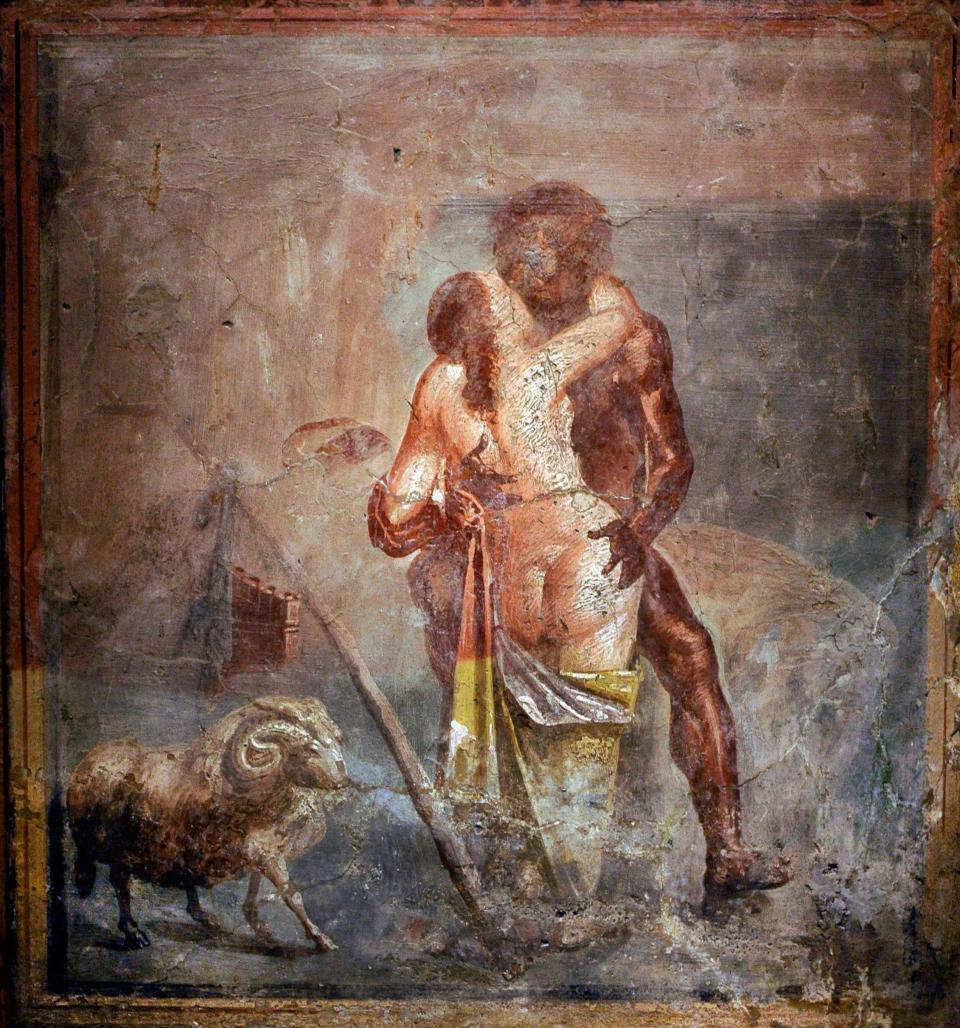
The relationship became famous, but not out of admiration. Pompey’s idolisation of Julia was sneered at as an example of his weakness. According to Plutarch: “Pompey himself also soon gave way weakly to his passion for his young wife, devoted himself for the most part to her, spent his time with her in villas and gardens, and neglected what was going on in the Forum, so that even [the] tribune of the plebs despised him.”
Even public displays of affection were frowned upon. Cato saw to it that a senator called Manilius was expelled from the senate. The man’s crime had been to kiss his wife openly in front of their daughter. Cato claimed he only showed his own wife any similar affection when it was thundering outside, and thus looked forward to such rare occasions. For all these anecdotes and stories, the survival of many tombstones recording long and happy marriages bears witness to the fact that, when it came to relationships, the Roman world was as varied as our own.
This is an edited extract from Populus by Guy de la Bédoyère (Abacus, £25). To order a copy from Telegraph Books for £19.99, visit books.telegraph.co.uk

